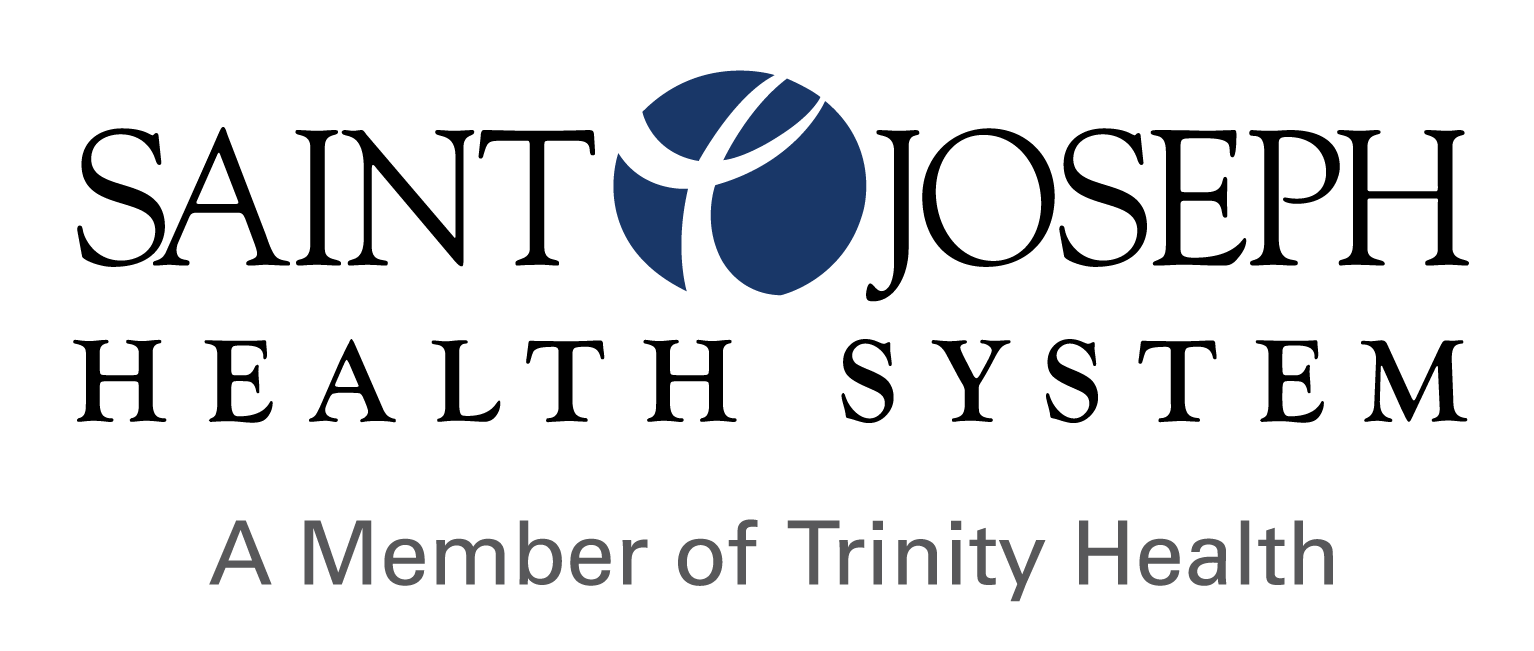Using Robotic Technology to Detect Lung Cancer in Its Earliest Stages
February 12, 2025Worldwide, lung cancer is the leading cause of cancer-related deaths, with smoking causing 85% of all cases. Unfortunately, the disease is often diagnosed in its advanced stages, limiting treatment options. Screening options that detect lung cancer at the earliest stages are vital for initiating treatment and improving survival rates.
One such new technology is robotic-assisted bronchoscopy, a robotic GPS that detects lung cancer in its earliest stages. "Advancements in robotic technology are revolutionizing the way we diagnose and treat lung cancer, offering patients a faster, safer, and more accurate diagnostic process," says Dr. Donald Westerhausen, Pulmonary Disease Specialist at Saint Joseph.
How robotic-assisted bronchoscopy detects lung cancer
Your lungs are the main organs of the respiratory system. Your right lung is divided into three sections while your left lung is divided into two. As you breathe, airways carry oxygen-rich air to the alveolo, or air sacs, and exchange it with carbon dioxide which is exhaled from your mouth. The airways consist of the windpipe (trachea), bronchial tubes and their branches (bronchioles).
When performing a chest X-ray or CT scan, the doctor may notice a spot on your lung known as a nodule. While these are normally non-cancerous, it's still important to take a sample, known as a biopsy, to confirm. Bronchoscopies perform this biopsy, passing a thin tube through the nose or mouth to help the doctor examine certain areas of the lungs.
One of the limitations of the bronchoscopy is its big and inflexible scope. Instead, robotic-assisted bronchoscopies use smaller and more flexible scopes to see areas of the lungs that are usually difficult to reach or inaccessible, allowing for precise biopsies and easier diagnoses.
"Detecting lung cancer in its earliest stages can make all the difference in treatment outcomes. With robotic-assisted bronchoscopy, we can identify and diagnose lung cancer with greater precision and minimal invasiveness," says Dr. Westerhausen.
What are the benefits of robotic-assisted bronchoscopy?
While a traditional bronchoscopy is still a viable option for many patients, a robotic-assisted bronchoscopy has numerous benefits over the traditional counterpart.
- Minimally invasive: The procedure requires no incisions and has a very low risk of complications. In the same day, most patients can return to daily activities with almost no restrictions.
- One procedure: Most patients only require one procedure with an anesthetic to learn their diagnosis.
- Easier access: This procedure can easily access nodules that traditional methods, like surgery, can't.
- Precise and controlled: The robot has better flexibility, range of motions, precision, and control that allows doctors to more easily access tissue.
"The precision and flexibility of robotic-assisted bronchoscopy allow us to reach areas of the lung that were previously difficult to access, leading to more accurate diagnoses and better treatment planning," says Dr. Westerhausen.
How robotic-assisted bronchoscopy stages lung cancer
In addition to diagnosing lung cancer, robotic-assisted bronchoscopy plays a crucial role in staging the disease. Staging helps determine how far the cancer has spread, guiding the development of an appropriate treatment plan. During the procedure, doctors can access lymph nodes near the lungs and take tissue samples to identify whether cancer cells have spread beyond the primary tumor. This process, known as endobronchial ultrasound, combined with robotic precision, ensures that staging is accurate and comprehensive.
Accurate staging is vital for tailoring treatment plans to each patient’s needs. Early-stage cancers may be treated with surgery or targeted therapies, while advanced stages might require chemotherapy, radiation, or a combination of approaches.
Why early diagnosis matters
Lung cancer often goes undetected until symptoms appear, such as persistent coughing, chest pain, or shortness of breath. By the time these symptoms emerge, the disease is frequently in an advanced stage, making it more challenging to treat. Robotic-assisted bronchoscopy offers a powerful tool to change that narrative by detecting lung cancer before symptoms develop.
Early detection and treatment significantly improve survival rates for patients with lung cancer. With robotic technology providing a minimally invasive and precise diagnostic option, more patients have a chance to access timely treatment and better outcomes.
The robotic bronchoscopy system at Saint Joseph also allows us to diagnose lung cancer earlier and safer. Research has shown robotic bronchoscopy causes less complications, such as pneumothoraces or pulmonary hemorrhage, than CT guided lung biopsy, which was the traditional method for biopsy previously.
Why choose Saint Joseph Health System for your lung cancer care?
At Saint Joseph Health System, we understand the emotional and physical challenges that come with a lung cancer diagnosis. Our commitment to compassionate, patient-centered care sets us apart, ensuring that each individual receives personalized treatment in a supportive environment. Here’s why Saint Joseph Health System is the trusted choice for lung cancer care:
- Cutting-edge technology: We use advanced tools like robotic-assisted bronchoscopy to provide accurate diagnoses and staging for lung cancer. By staying at the forefront of medical technology, we offer patients the best possible chance for early detection and effective treatment.
- Comprehensive cancer care: From diagnosis to recovery, our multidisciplinary team works collaboratively to design a care plan tailored to your needs. Our services include radiation therapy, chemotherapy, immunotherapy, and access to clinical trials, all delivered with the highest standard of care.
- Experienced specialists: Our board-certified oncologists, pulmonologists, and surgical experts bring extensive experience and expertise to your treatment. Supported by a team of skilled nurses and allied health professionals, they provide comprehensive care for every step of your journey.
- Supportive services: At Saint Joseph Health System, we treat the whole person, not just the disease. We offer a wide range of supportive services, including counseling, nutrition guidance, and rehabilitation programs, to enhance your quality of life throughout treatment.
- Community-focused care: We are dedicated to serving the local community, ensuring that world-class cancer care is accessible close to home. Our team takes pride in delivering compassionate care in a comforting and familiar environment.
By choosing Saint Joseph Health System, you’re not only accessing advanced lung cancer treatments but also joining a community of caregivers who prioritize your health and well-being at every turn. Together, we’ll take the journey toward healing with precision, compassion, and hope.
"Our multidisciplinary team is dedicated to delivering personalized care, using the latest technologies to ensure that each patient receives the most effective treatment for their unique situation," says Dr. Westerhausen.
Dr. Donald Westerhausen is a board-certified pulmonologist at Saint Joseph Health System, specializing in the diagnosis and treatment of lung diseases. With extensive experience in pulmonary medicine, he is dedicated to providing comprehensive care for patients with conditions such as asthma, COPD, and lung cancer. Dr. Westerhausen takes a patient-centered approach, focusing on personalized treatment plans to improve respiratory health and overall well-being. He is committed to staying at the forefront of pulmonary care through ongoing education and the latest medical advancements.


